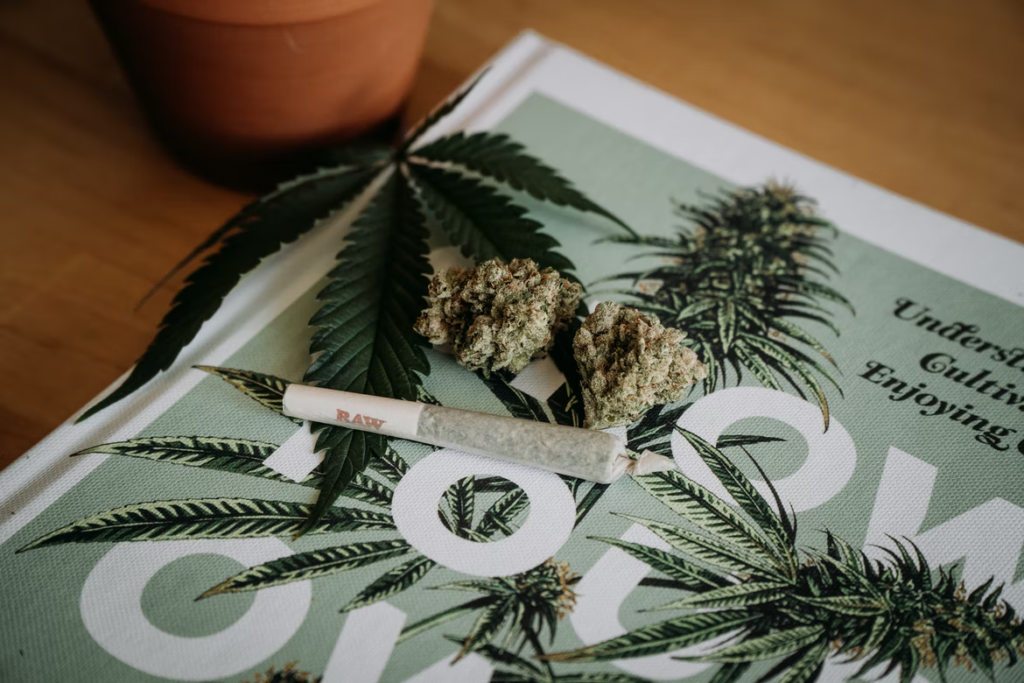There are so many mistakes you should avoid when cooking with cannabis, and a lot of people don’t know they’re making these mistakes. You’ll want to make sure to have all your ingredients and equipment ready first before beginning with any type of cooking. Other tips will help avoid any mistakes in the kitchen, such as making sure that all your ingredients are fresh and free from impurities, not overdoing it with spices, oils, or liquids, and finally, not forgetting about hygiene. Let’s explore.
Not Decarbing Your Cannabis
Not decarbing your cannabis before adding it to your recipe can have an adverse effect that you don’t want, so it’s important always to decarb first. When cooking with cannabis, you should understand how this process works. Decarbing, which you can learn more about it when you click here, is the process of activating the cannabinoids by heating the marijuana. If you skip this step then adding weed to a recipe or directly into food will have little or no effect on the consumer. This is also necessary because most of the THC compound is not active until it’s heated. Here is information on where you can buy a decarb machine.
Cooking Edibles
All edibles are not created equally – some are stronger than others depending on their THC content and potency level. Marijuana consists of many different cannabinoids in its chemical make-up – one cannabinoid known as THC (delta-9-tetrahydrocannabinol) gives marijuana users their “high.” Different cannabinoids have different effects on the body, and it is almost impossible to accurately calculate the THC content of a batch of edibles. So, what you can do is establish a starting point and go from there. For example, you can extrapolate by using the total weight of your ingredients and multiplying that number by 5 mg (5 milligrams). If you’re cooking six brownies, for instance, each containing 7 grams of marijuana leaves, then multiply 42 x 5 = 210mg – that’s how much THC you can expect the brownies to have.
No Dosage per Serving is Listed
Any recipe for cannabis edibles will offer no dosage per serving, which isn’t necessary because the consumer will know what they are ingesting if it’s written on the package. If you’re not writing down your dosage then you must understand how to calculate the THC content of each serving. For example, if you are cooking Mojito Popsicles that contain 7 grams of cannabis leaves then you would multiply 42 x 5 to get 210mg – now divide that number by how many popsicles there are in the batch (in this case 3) = 70mg. To determine how much THC is in each pop, multiply 70mg by the THC percentage (in this case 20%) = 14mg. It’s also important not to overdo it with serving sizes.
No Mention of Temperature
One mistake you should avoid when cooking with cannabis is not mentioning temperature, which is because it’s usually necessary to use certain temperatures for weed to be activated or deactivated. You should understand that THC has to reach a certain temperature before it becomes psychoactive and can provide relief. If you want to activate your weed before inserting it into any recipe, then 365 degrees Fahrenheit (185 degrees Celsius) for at least 30 minutes should do the trick. If you want to deactivate weed for future use in say, a drink or something similar, then lower than 365 degrees Fahrenheit (185 degrees Celsius) for at least 30 minutes should accomplish the task.
Overuse of Spices and Seasonings
It isn’t a good idea to overdo it with spices and seasonings when cooking with cannabis because this can also take away from the effects that you’re looking for from using marijuana edibles. Like any other herb or spice, overusing these flavor enhancers will hide the taste of your weed. In addition, too much seasoning can change how well THC is absorbed into your system – if you’ve ever added salt to your recipe then chances are pretty good that you know what we mean! Use herbs and spices sparingly so as not to ruin the natural taste and effect of marijuana in your recipes. Spices and seasonings can also change the pH level of your recipe, which will affect how well THC is absorbed. For example, acidic ingredients such as vinegar or lemon juice should not be added to cannabis edibles because this changes the acidity levels – be aware that there are other ways to balance acidic flavors in a dish without using these items.
Cooking with marijuana can be a fun and rewarding experience especially if you have the kind of recipes that put others in awe. The best thing about cooking with weed is that you can still enjoy a high without having to smoke it, which is a healthier option for your lungs! Some people cook with marijuana just as they would any other herb or spice – knowing how much THC they’re adding to their dishes, but some folks go all out by updating classic recipes with cannabis ingredients.
